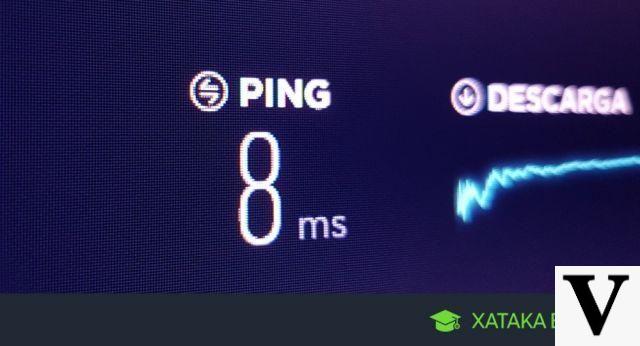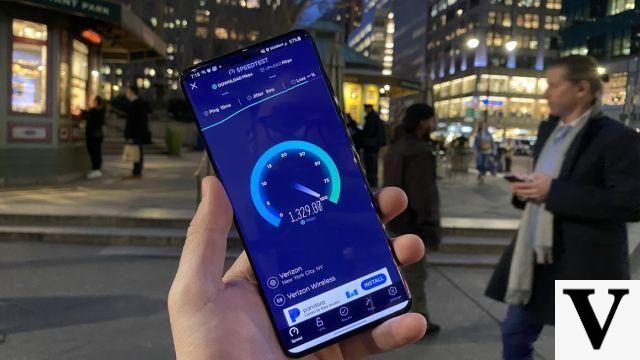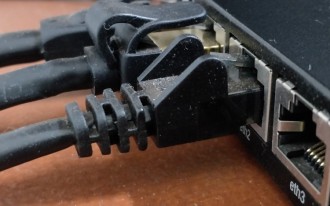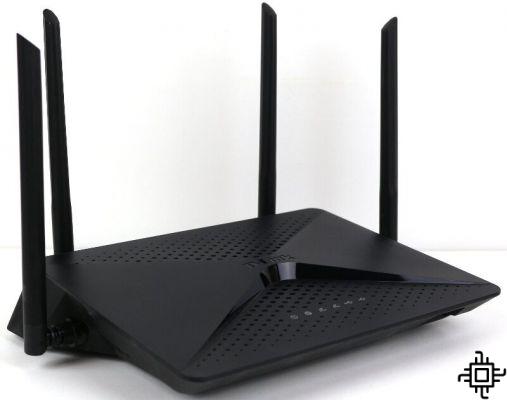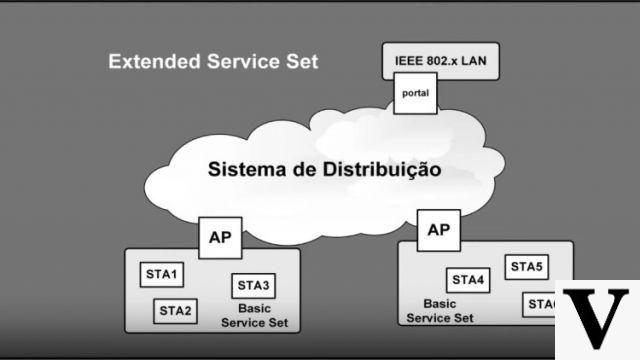
Currently, many manufacturers of Wi-Fi devices have brought a technology that was only used in corporate environments for residential environments, the Mesh. But after all, what is Mesh really? What kind of uses is it useful for? This and much more will be covered in this article, where it will be explained from the basics so that you understand how the system really works.
Before we talk about what Mesh is, it will be necessary to understand how the IEEE 802.11 and ESS architecture works.
How the IEE 802.11 (Wi-Fi) architecture works
Below you can see an architecture drawing of the technical standard of the IEEE 802.11 architecture standard. It contains the technical standards that govern Wi-fi standards such as B, A, G, N, AC, AX.
The figure above shows the way the Wi-Fi architecture was conceived. To understand it, we will have to understand what the terms mean. The first of these is the STA (station, workstation, client device, terminal device), which refers to the client device (smartphone, notebook, tablet, sensor).
One of the stations will have a special name, the AP (Access Point). It will be the access point that will bridge the gap between two technologies, Wi-Fi (wireless) in the coverage area and the wired infrastructure. This structure that works through the connection of cables, is where the APs (Access Points) will be connected.
This distribution system will be responsible for distributing the internet signal and also the server data (in the case of companies). The AP, in this scenario, will be the wired network client (distribution system).
What is an Access Point?
The Access Point (AP or Access Point) is a device that can bridge the wired network and the Wi-Fi transmission or repeat the Wireless signal. It will be the device that will provide a BSS (Basic Set Service), which is a basic set of services, which in this case is the internet or data transfer from servers through numerous technologies.
To increase the Wi-Fi coverage area with quality, the strategy used is to increase the number of APs instead of increasing the signal strength, which sometimes interferes with data transmission depending on the client device that is using the network.
What is ESS?
The ESS (Extended Service Set) is a WLAN (Wireless Local Area Network) with one or more access points (AP) connected via an ethernet cable (network cable) in the distribution system (routers and cable-connected switches). It is used to increase the Wi-Fi signal coverage area.
The set composed of: distribution system, internet, APs and STAs, is called ESS (Extended Service Set). A network composed of an AP or multiple Access Points is called an SSID (Service Station identifier).
What is roaming?
To ensure that the ESS or Mesh provides the customer with a flawless signal transition between Access Points (APs or Access Points), the roaming , which is nothing more than the transparent transfer of the signal between one cell (Wi-fi coverage of an AP) and another. This is so that the client device (smartphone, notebook, tablet) does not have a loss of signal or speed in its reception (download) and signal sending (upload).
To roam, the Access Points (APs or Access Points) must communicate with each other either through ethernet cables (network cables) or radio signal. In this way, one AP will notify the other when the Wi-Fi signal is weak enough to need to transfer the work to the Access Point closest to the client device.
In the ESS network or another type of network, it is important to be careful with the Wi-fi channels used in 2.4Ghz (Example: 1, 6, 11) or 5Ghz (Example: 36, 44, 165), so that there is no signal overlap, providing good signal transmission efficiency, providing smooth roaming.
What is Mesh?
The Mesh Basic Service Set (MBSS) is nothing more than a WLAN with several APs connected to each other through the repetition of wireless signals. It will have a wired distribution station (Wired Distribution System or DS) connected to a base station. This station is an Access Point (AP) that will be responsible for receiving the signal via the DS cable and distributing it to other APs via signal repetition.
Do not confuse Mesh with ESS (Extended Service Set). A Mesh network performs its Wi-Fi signal coverage expansion between Access Points (APs or Access Points) without using cables while an ESS has all its APs connected by an ethernet cable (network cable).
Is Mesh efficient for high speed internet networks?
Unfortunately not, because the signal repetition through several APs has several negative points. The first of them is the increase in latency, because each time the signal is forwarded to another AP until it reaches the DS, the transmitted information will take longer to reach the other point. In addition, there is still the fact that as it is a wireless transmission between several devices, there will be a 50% drop in throughput (throughput at each hop between APs).
As if that were not enough, for a Mesh network to work, all APs will have to use the same Wi-Fi channel and this will cause an overlap of signals and consequently a competition for band, causing a degradation of the signal.
If Mesh is so bad, in what cases does it work?
Mesh is useful for those cases in which it is impossible to pass cables in the middle of the environment where the signal is being distributed. That is, it will be useful in the case of a large warehouse, where there is no way to efficiently run cables or in a parking lot to feed the devices with information about the location and the entry and exit systems.
There are also cases in which the user does not want to use cables in his house for reasons of practicality and at the same time he does not need a high internet speed for his activities. In this case, Mesh is a good choice for a residential internet solution.
I want maximum performance on my home Wi-Fi, which is the best choice?
Undoubtedly, the best choice for maximum Wi-fi performance will be the ESS system with several APs connected via cable to a router/switch, providing individually a coverage area that can perform roaming to transfer the client device from a Access Point to another. That is, connect a router/switch in bridge mode to your internet operator's modem and connect several APs to the router/switch.
Example of good Access Points (APs) and router/switch:
- Ubiquiti UniFi UAP-AC Lite (AP)
- Edgerouter X router/switch






